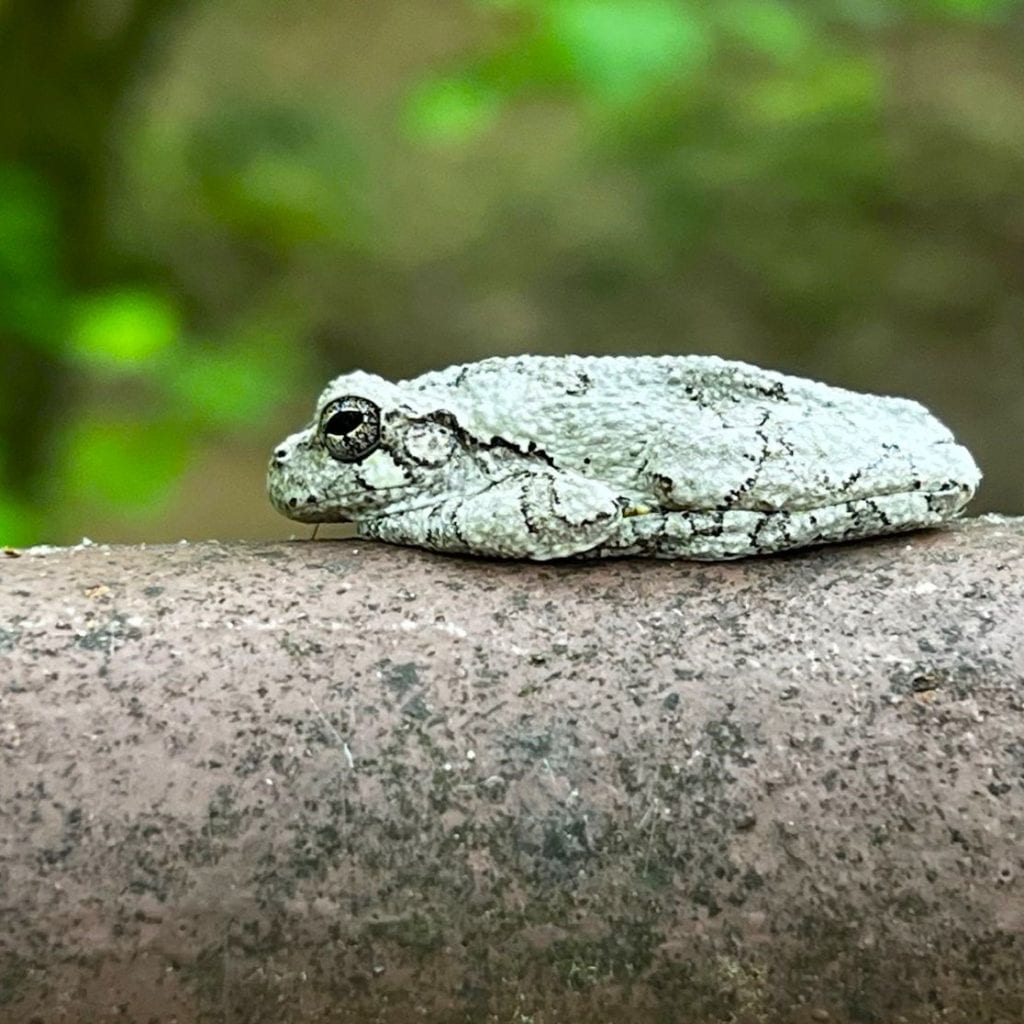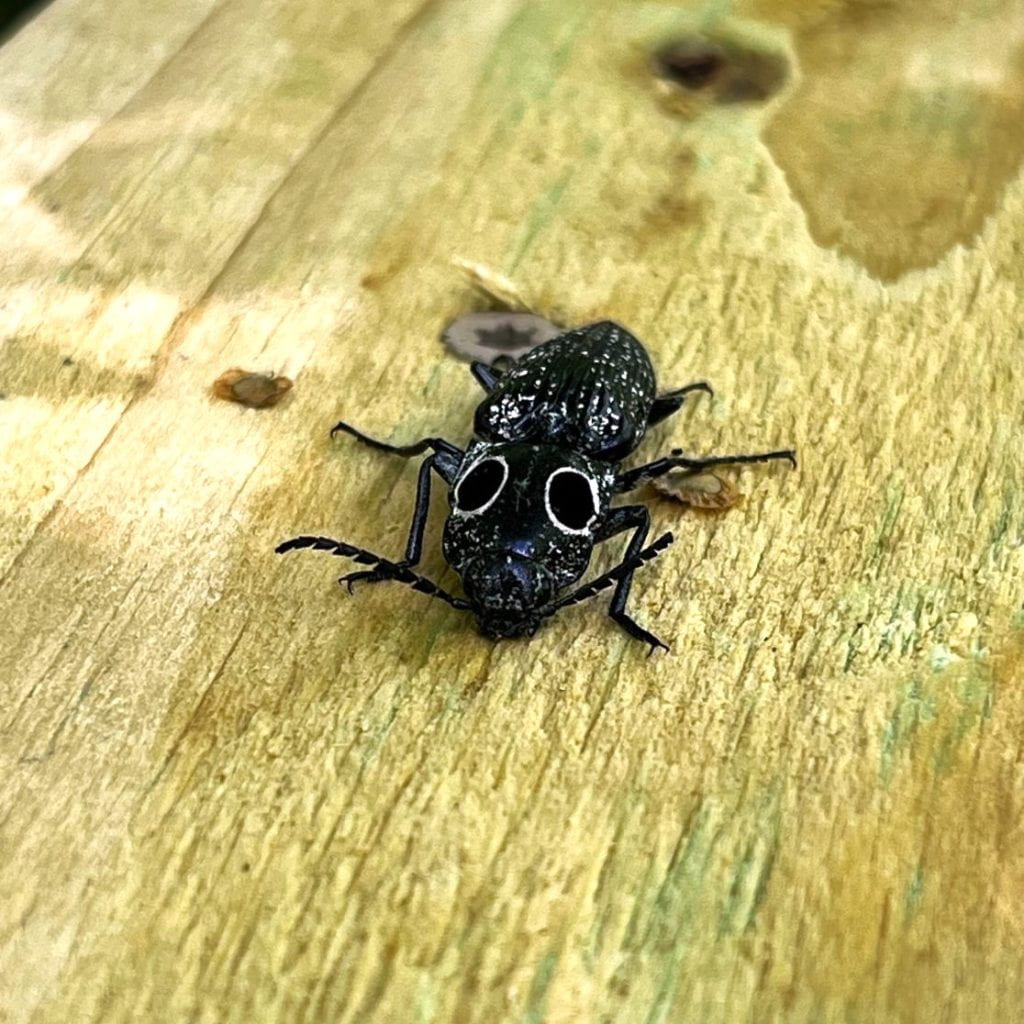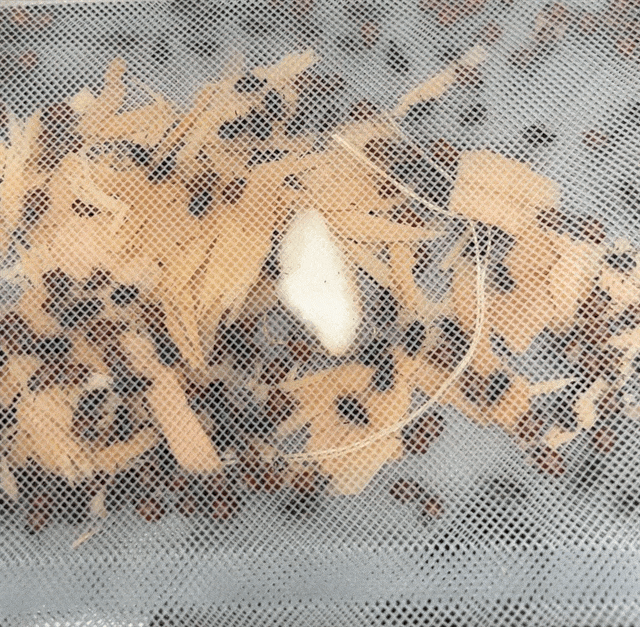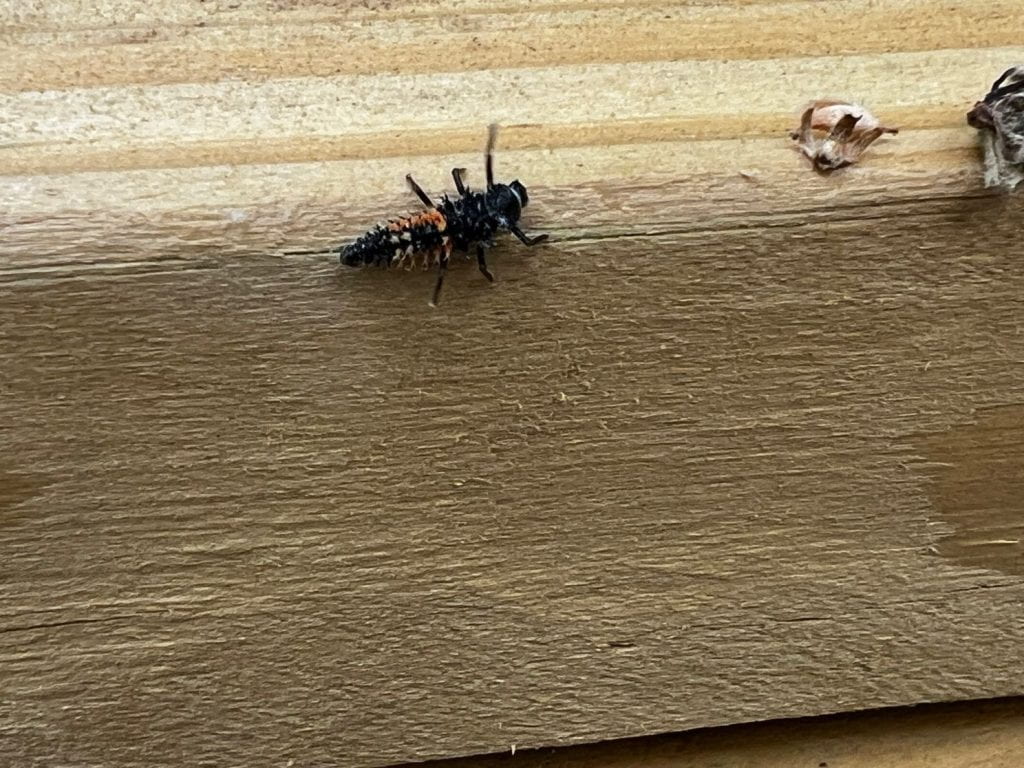I Am NOT a Fish!
Although commonly known as a starfish, they are not fish and marine biologists now refer to these invertebrates as sea stars. Unlike fish, they do not have fins, scales, bones, or gills. Starfish are classified as echinoderms.

Watch full screen here.
A jellyfish is not a fish either, and therefore have been renamed sea jellies. Go here to view the humorous book, I AM NOT A FISH!, full screen.
Watch All ABOUT ECHINODERMS full screen here.
















